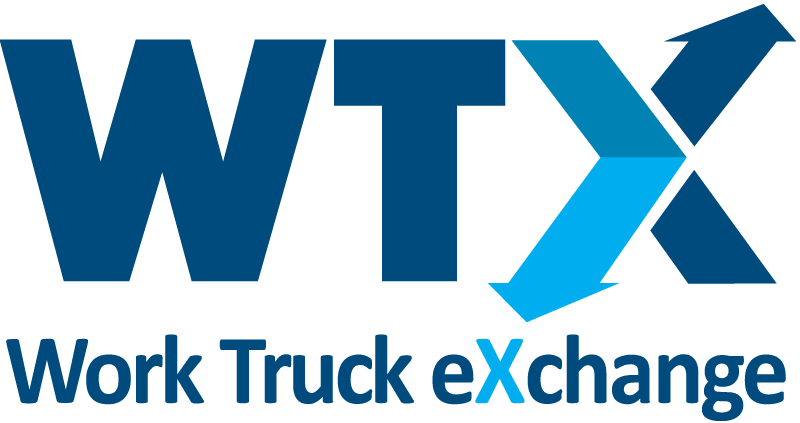Tire makers need to reduce tire rolling resistance to meet upcoming greenhouse gas rules. What does that mean for safety?
Medium-Duty Truck Emissions in 2021 and Beyond
How will the second phase of the greenhouse gas rules affect medium-duty vehicles?

